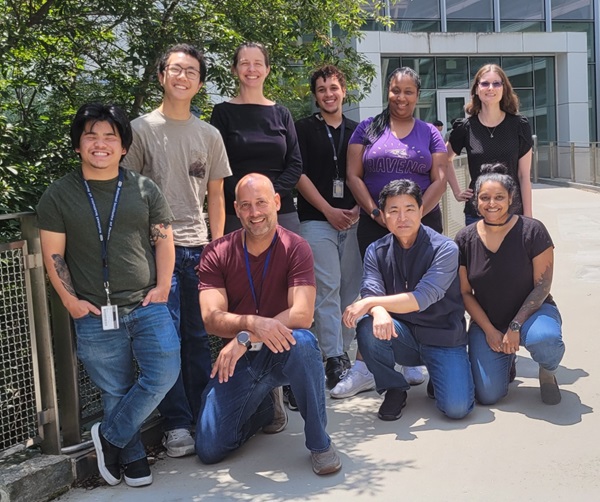Catherine Weisz, Ph.D., Acting Chief
Research Statement
The laboratory of neuronal circuitry (1) investigates the communication between neurons of the auditory system; (2) employs electrophysiology and optical techniques in in vitro preparations to study synaptic transmission between neurons; (3) integrates knowledge of neuronal synaptic inputs with electrical properties to determine the functional properties of neurons of the auditory system; (4) extends knowledge gained from in vitro brain and cochlea preparations to animal models including models of acoustic trauma; and (5) seeks to understand how the interplay between auditory neuronal pathways shapes acoustic perception in both the normal and damaged auditory system.
Current Areas of Interest
We use mouse models to study synaptic inputs and outputs of brainstem olivocochlear efferent neurons that project to the cochlea. Projects in the lab use the techniques of whole cell patch clamp recordings from auditory neuron somata and dendrites, combined with optogenetics and imaging of neuronal activity. Using these tools we dissect the synaptic inputs to the olivocochlear efferents in the brainstem, to determine how they are activated and modulated. Projects in the lab also examine how the activity of the efferent neurons changes after noise trauma or during disease. Parallel experimentation investigates the complex outputs of olivocochlear efferent neurons in the cochlea, using dendritic recording techniques from spiral ganglion afferent neurons and hair cells, paired with imaging techniques. The in-depth investigation of synaptic circuitry of olivocochlear efferent neurons will give insight into roles that the neurons play in both the healthy and diseased cochlea, and will be used to provide targets for therapeutic manipulation of the efferent system.


